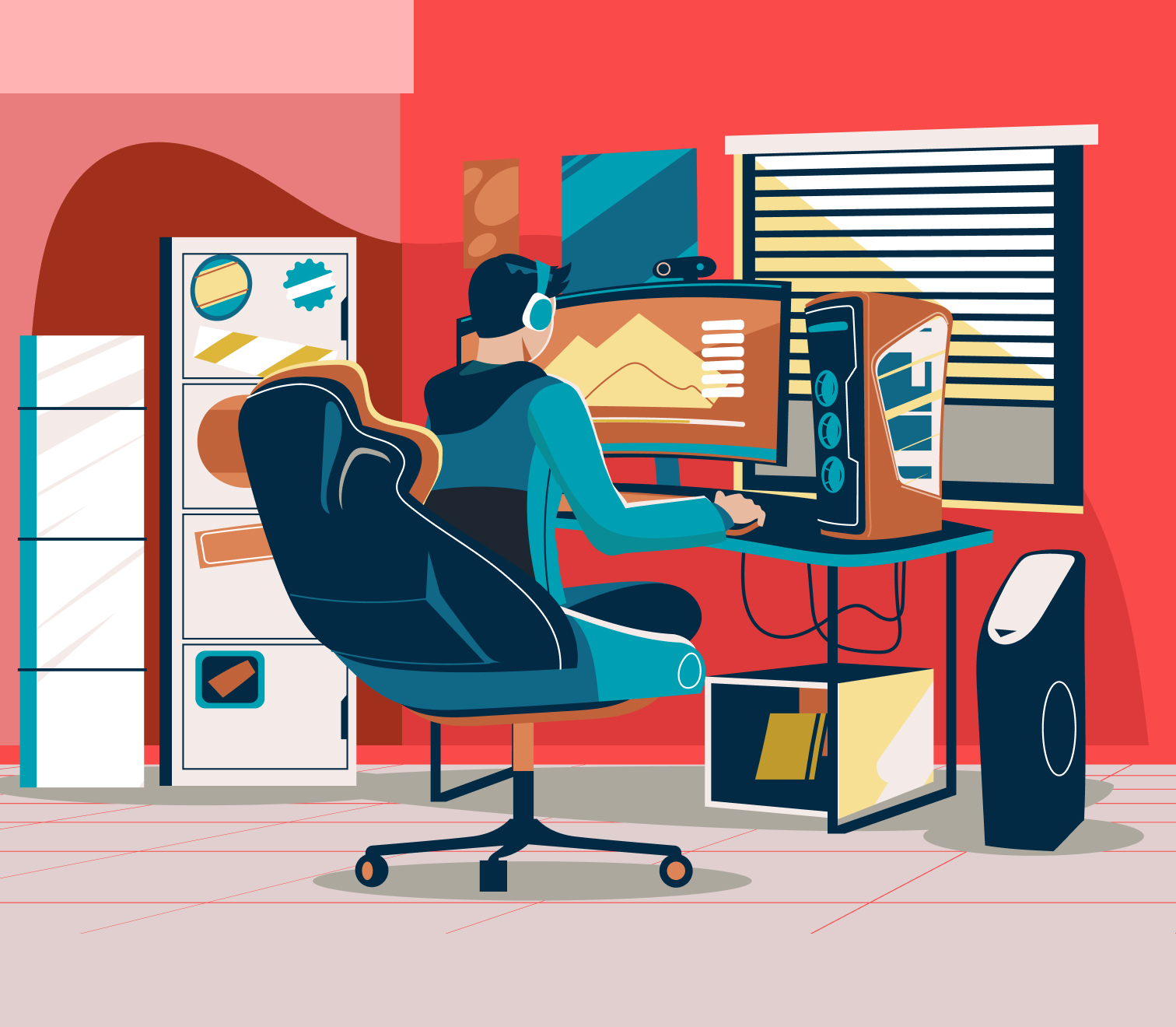Published on November 26, 2023
The mind of the designer is booming with creativity. While the vision is apparent at the back of the designer’s mind, a word or two is not enough to make the customer understand what the project will ultimately become. This shows that the job of the designer is often involved with making the customer understand the bigger picture or the final outcome of a project. One way the designer can do this is by prototyping, where ideas find their genesis, turn into tangible forms and the bridge that helps everyone to have the same vision.
Defining Prototyping in Design
Any idea, great or minimal, begins with a mere ‘Why?’. As we work on solving that particular ‘Why? We gradually arrive at a solution. And the solution is what an idea or product is based on. A manifestation of the notion. Now, based on this, a prototype is a sample model or the initial phase of the product that helps in testing the concept.
Prototyping plays a fundamental role in any product design. It basically helps establish the foundation of the design. The initial phase may not necessarily be impeccable. There could be flaws not apparent before testing. Prototyping helps to evaluate a new design in order to identify success based on the beta tests conducted around the users.
Having said that, the objective of a prototype is to have a model, a sample of the solutions to the issues the designers are aiming to solve. The modeling or an early version of the product helps the designers to ensure the concept is full-functioning. It’s a continuous process, where the collected feedback of real users are taken into great consideration and in accordance with them, the designers work religiously to develop the most immaculate product.
Basically, prototyping occurs between formalization and evaluation of an idea.
The Roles of the Prototype in Design Thinking
Prototype plays many crucial roles in design thinking. Firstly, it plays the role of a dynamic problem-solver, formulating and solving problems by creating products to make the user’s experience far more convenient. It’s the most translucent messenger, conveying ideas in a way that is straightforward to the users. A great talker, initiating conversations with users on an idea and make use of their feedback in an efficient way. It’s also a fantastic analyzer, testing and evaluating all the prospects of a product to better determine its most successful form. The prototyping also takes the role of an administrator, managing the solution-and-product-creating process by breaking down intricate concepts into simpler elements. Last but not the least, it’s a motivator, empowering the designers to think beyond the horizon.
The Prominence of Prototyping in Design
To begin with, the significance of prototyping lies in establishing the origin of a product layout. By formulating the starting point, it becomes easy for designers to understand which direction they want to head toward. In this manner, the entire design process becomes simpler and much less time-consuming.
Furthermore, the prototype provides the stakeholders a thorough idea of how the site will appear as the final product. It also emphasizes vital elements by streamlining the entire design and development process of the product. Another amazing benefit that prototyping brings to the table is how it’s so meticulously planned and that too, in the initial stage. This helps in avoiding making gargantuan changes in the final layout.
Also, prototyping ensures that only the best parts of your design exist. It does by identifying the dispensable elements of the design and thus, discarding redundancy as a whole. In this way, the workload of the designer is greatly reduced as they don’t need to deal with unrequited components. Thus, preserving time, energy, and money.
Most importantly, both designers and customers get a clear vision of the end product through the prototype in hand. In spite of being or not being proficient in design, both groups can visualize the ultimate result. Another wonderful aspect of prototyping is that during the product development process, the customers, the designers, and even the users themselves are involved, making this an integrated system.
Beginning With Prototyping
Prototyping can begin with a set of questions that would show both the clients and the designers are on the same page. The questions could be as follows:
What is the objective of the project?
Begin with understanding the ultimate goal of the object. By fully figuring out what the project would ultimately come to start, the designers could get a clear idea of where the client wants to head toward.
What competitive products do the customers currently use?
Making a competitive analysis of the product would help to understand the current circumstance of the market and the customer’s expectation of the product.
Who is the targeted audience?
Of course, the fundamental rule. Must understand the audience. Getting a thorough idea of the demographics and user needs provides the context required to create products that are geared toward catering to the users’ needs.
The kind of product it is going to be? And for what particular device?
The rise of technologies originated on several platforms. From a responsive website to a mobile app, products work differently on different platforms. It’s essential for the designers to know how the product will be used and how different versions will coexist.
Are there any visual precedents to follow?
If there is already an existing product and the objective of the project is to make further improvements to it then it’s possible that some requirements are already at hand that complies with the behavior of the users.
So, that’s a brief overview of prototyping. When it comes to design thinking, the purpose is to further refine the products, services, processes, strategies, spaces, architecture, and of course, user experiences. And prototyping, inevitably, plays an important role in it.


